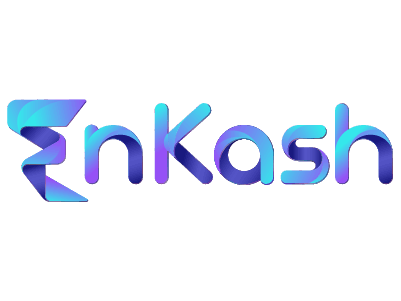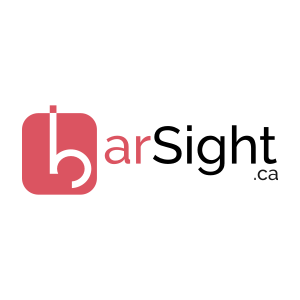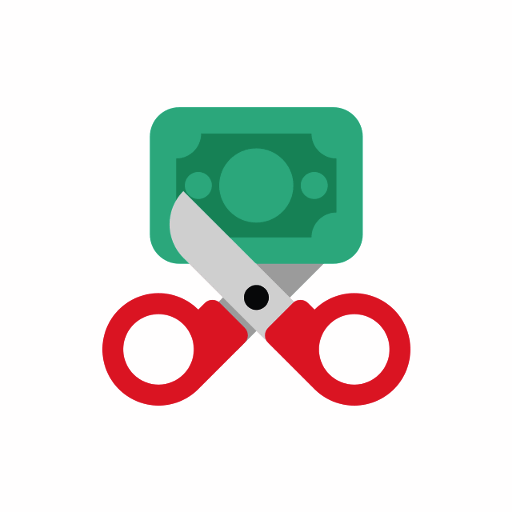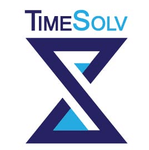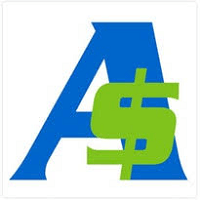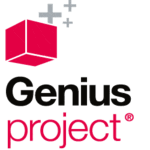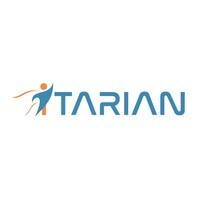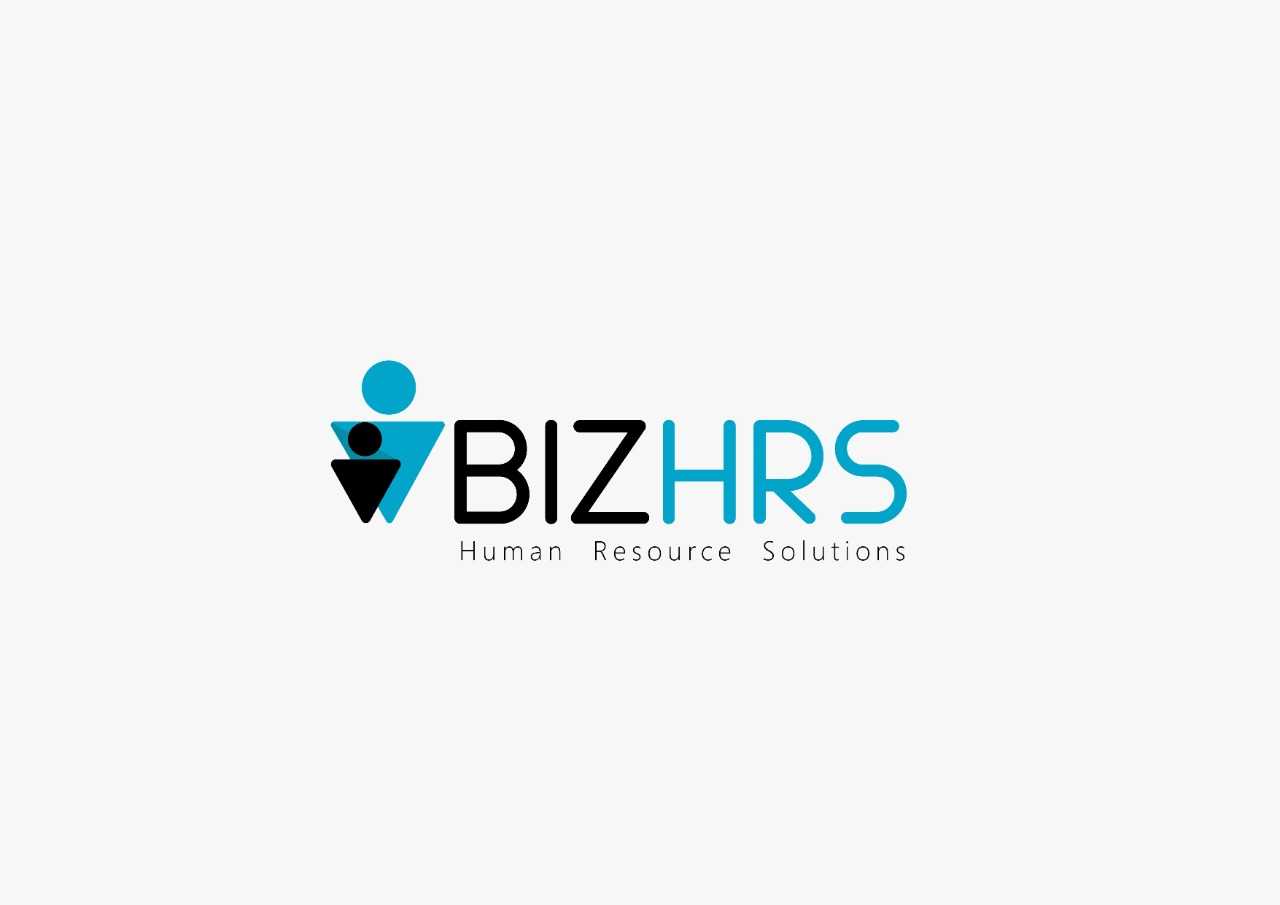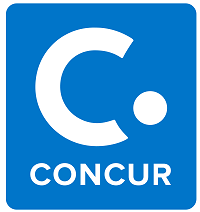What Is Expense Tracking Software?
Expense tracking software is a useful tool for both individuals and businesses, since it simplifies the time-consuming effort of monitoring, managing, and evaluating spending. It is a digital solution that allows customers to track and record their expenditure, making it easier to stay within budget and make sound financial decisions. At its core, expense tracking software assists users in keeping track of their spending by automatically classifying expenses, generating reports, and providing insights into where money is being allocated.
This removes the need for human data entry and lowers the likelihood of errors, saving time and effort. With the rise of remote work and the growing need for organizations to handle expenses properly, expense tracking software has become an essential tool. It enables customers to track costs from many sources, including credit cards and bank accounts, in a single area.
This allows for a more comprehensive picture of overall spending and the identification of cost-cutting opportunities. One important element of expense tracking software is the ability to define and manage budgets. Users can set spending restrictions for certain categories, track progress, and get warnings when they are about to go over budget. Furthermore, most cost monitoring software includes mobile apps, making it easy to track expenses on the go.
Users can take images of receipts and upload them immediately to the software, eliminating the need for manual input. Not only does cost tracking software help with budgeting and spending management, but it can also provide useful insights into spending habits. Individuals and organizations can use this information to make more educated decisions about their costs and financial management.
What Are The Recent Trends In Expense Tracking Software?
In recent years, expense monitoring software has emerged as a crucial tool for businesses of all kinds. With the advent of remote work and the necessity for precise financial reporting, the demand for effective and user-friendly expenditure monitoring solutions has skyrocketed. As a result, various innovations and trends have emerged in the cost tracking software market during the last few years.
we'll go over the most recent trends in cost tracking software so you can make an informed purchase for your organization.
1. Cloud-Based Solutions: Cloud computing has revolutionized expense tracking software in recent years. Cloud-based solutions allow organizations to readily access their spending data from anywhere and at any time, making them perfect for remote staff. Furthermore, cloud-based cost tracking software provides increased security, scalability, and seamless connection with other financial tools.
2. Mobile Applications: As the bulk of the workforce uses mobile devices, expenditure tracking software has adapted to the trend. Most prominent expense management software now includes mobile applications that allow employees to photograph receipts and upload them immediately to the system. This eliminates the need for manual entry while ensuring real-time spending tracking.
3. Interaction With Accounting Software: Another major trend in expense tracking software is its interaction with accounting software. This enables for smooth data synchronization, removing the need for manual data entry and lowering the risk of error. This integration also provides a consolidated view of spending, which enhances the whole financial reporting process.
4. Artificial Intelligence And Automation: Over the last few years, there has been a big change in expense tracking software toward automation and AI. AI-powered expenditure tracking allows firms to effortlessly categorize expenses, detect fraudulent activity, and provide thorough reports. This not only saves time, but also lowers the likelihood of human error.
5. Analytical Skills: Modern expense monitoring software includes extensive analytical skills that enable firms to obtain insights into their spending habits. This aids in identifying areas where costs can be lowered, optimizing budget allocation, and making sound financial decisions.
Benefits Of Using Expense Tracking Software
Expense monitoring software is an extremely useful tool for organizations of all kinds. This program automates the process of tracking and controlling spending, making it easier and more effective for businesses to stay in control of their finances. But what are the advantages of employing expense tracking software? Here are some major benefits to consider while looking for the ideal solution for your organization.
1. Streamlined Expense Tracking: One of the most significant advantages of adopting cost tracking software is that it simplifies the entire expense tracking process. This software allows you to simply track and categorize spending, removing the need for manual data entry. This not only saves time, but also lowers the possibility of human error, resulting in accurate records.
2. Real-Time Visibility: Expense tracking software delivers real-time visibility into your company's spending. You may see your present financial situation and follow expenses as they occur, providing you a complete picture of your company's financial health. This allows you to make more educated judgments regarding your costs and budget, which helps you keep on top of your money.
3. Automated Reconciliation: Expense monitoring software eliminates the need to manually reconcile your spending. This software automatically reconciles your bank statements and expense records, saving you hours of laborious effort. This not only saves time, but it also increases accuracy and decreases the possibility of errors in your financial records.
4. Cost Savings: By automating expense tracking, your company can save money on administrative tasks. This involves reducing the time and resources required for human data entry, as well as lowering the likelihood of errors that could result in financial losses. Expense tracking software can also help you find cost-cutting opportunities and enhance your overall financial efficiency.
5. Improved Compliance And Audit Trail: Expense tracking software generates a detailed audit trail of all spending, making it easier for your company to comply with tax regulations and financial reporting obligations. This can save your company time and money in the long run while also providing piece of mind that all expenses are appropriately recorded and accounted for.
6. Integration With Other Systems: Many cost tracking software solutions integrate with other systems, such as accounting and payroll. This makes it simpler and more efficient to manage your company's finances across several platforms, eliminating the need for manual data entry and potential errors.
Important Factors To Consider While Purchasing Expense Tracking Software?
When deciding on the best expenditure monitoring software for your business, there are a few critical elements to consider. Here are some crucial considerations to consider while selecting expenditure monitoring software:
1. Features And Functionality: The software's features and functionality are the most important factors to evaluate. Look for technologies that can automate operations such as expense classification, receipt scanning, and report creation. Make a list of the features that are critical for your business and select software that includes them.
2. Usability: The program you select should be user-friendly and simple to use. Complicated and complicated software will be tough to learn to and may result in expense tracking problems. Look for a basic and user-friendly interface that all team members can easily manage.
3. Integration: Another crucial consideration is integration. Your expense tracking software should be able to work easily with your current accounting systems, project management tools, and other applicable applications. This will ensure that data is sent smoothly and decrease the need for human entry.
4. Mobile Accessibility: In today's fast-paced work environment, the ability to access data on the go is critical. Look for expense tracking software that has a mobile app or is mobile responsive. This allows you and your team to submit and track expenses while on the road, enhancing productivity and efficiency.
5. Customer Assistance: When choosing software, it is critical to assess the level of assistance available. Look for software that offers prompt and effective customer service across many channels such as phone, email, or live chat. This will guarantee that any problems or questions are answered immediately, reducing potential disruptions.
6. Customizability: Every organization is unique, and the same goes for cost tracking requirements. Look for software that allows you to customize expense categories, fields, and report templates. This ensures that the software adapts to your business, not the other way around.
7. Pricing: Finally, analyze the software's pricing. While it may be tempting to choose the cheapest alternative, keep in mind that quality and efficiency are costly. Choose software that is cost-effective and has capabilities that meet your company's requirements and budget.
What Are The Key Features To Look For In Expense Tracking Software?
Expense tracking software is an essential tool for organizations of all kinds to effectively manage their finances and keep track of their spending. However, with so many options available in the market, it might be difficult to select the best one for your specific business needs. In this buyer's guide, we'll go over the important features to look for in cost tracking software so you can make an informed purchase.
1. User-Friendly Interface: The first thing to look for in an expense tracking software is the user interface. It should be simple and straightforward to use for both you and your staff. The software should have a simple layout and give easy access to all important functions without requiring technical knowledge.
2. Automated Expense Tracking: Gone are the days of manually entering data into spreadsheets. Look for software that automates expense tracking with features like receipt scanning, credit card synchronization, and bank account integration. This will save time and reduce the risk of human error.
3. Customizable Categories: Each firm has its own set of spending categories, and the software should let you to create and adjust them based on your own needs. This will allow for more accurate spending tracking and analysis.
4. Multi-Currency Support: If your company works with international clients or providers, ensure that the software supports several currencies. This ensures precise conversions and eliminates errors in expenditure reporting.
5. Reporting And Analytics: One of the key functions of cost tracking software is to provide insights and analysis about your company's expenses. Look for software that provides configurable reporting tools, including as charts and graphs, to help you understand your spending habits and make sound business decisions.
6. Integration With Other Tools: Another important aspect to examine is the software's capacity to integrate with other tools used in your business, such as accounting software, project management tools, or CRM systems. This will save you time and effort while handling data on multiple platforms.
7. Mobile Accessibility: In today's fast-paced business world, you must be able to access your business data while on the road. Look for software that includes a mobile app so you can track and control your costs from your smartphone or tablet when you're away from your desk.
8. Security And Data Backups: To safeguard your business's financial data from cyber threats, you must choose software that includes strong security measures such as data encryption and regular backups.
Why Do Businesses Need Expense Tracking Software?
Expense monitoring software has become more important for businesses of all sizes. It is an effective tool for correctly recording and tracking all spending, from little everyday purchases to significant company expenses. With the rise of digital transactions and remote work, classic expense monitoring systems like paper receipts and manual spreadsheet entries are no longer efficient or dependable.
This is when expense tracking software comes into play. One of the most important reasons firms require cost tracking software is to streamline their expense management operations. Businesses can save time and resources by automating expense tracking and recording rather than relying on manual data entry and paperwork.
This allows staff to focus on more important duties, resulting in enhanced productivity and efficiency. Additionally, expenditure tracking software gives firms real-time visibility into their expenses. Businesses can use thorough reports and analytics to evaluate spending patterns, uncover possible cost-saving opportunities, and make data-driven decisions.
This kind of visibility enables firms to keep on top of their finances and make sound budgeting decisions. Furthermore, expense monitoring software can help firms comply with internal and external regulations. Businesses that effectively record and categorize expenses can readily submit required paperwork for audits while avoiding potential penalties or fines.
Another key advantage of employing expense tracking software is its ability to interact with other company tools, such as accounting and project management software. This guarantees that all expenses are recorded correctly and synced with other systems, decreasing the possibility of errors or conflicts.
Finally, expense tracking software can help firms save money in the long run. Businesses that constantly monitor expenses and detect unnecessary spending can make strategic decisions to reduce costs and enhance their financial health.
How Much Time Is Required To Implement Expense Tracking Software?
The time required to adopt expenditure tracking software varies based on a number of factors, including the size of the organization, the complexity of the software, and the level of customization needed. On average, the implementation procedure can last from a few weeks to a few months. First and foremost, it is critical to include all important stakeholders in the implementation process, such as finance managers, the IT department, and possible end users.
This step ensures a smooth transition and reduces resistance to change. Next, the software must be adapted to the organization's specific demands and processes. This process can take a long time, especially in larger firms with complex workflows. The more modification necessary, the longer the implementation process could take.
The training and onboarding process is also an important part of deploying expenditure tracking software. It is critical to ensure that all users are familiar with the new system and know how to use it correctly. This process can take many weeks or months, depending on the software's complexity and the number of users.
Additionally, data migration from the prior expense tracking system, such as spreadsheets or paper-based methods, can impact the timetable. It is critical to verify that all data is correctly moved to the new system, with no anomalies or errors. Finally, before launching the expense monitoring software, it should be thoroughly tested and evaluated.
This process guarantees that the software is functioning properly and meets all of the organization's requirements. Finally, the time necessary to establish expenditure monitoring software varies, although it normally ranges between a few weeks and a few months. To guarantee a successful deployment, a full understanding of the organization's needs, involvement of all stakeholders, and adequate time for customization, training, and testing are required.
What Are The Key Features To Look For In Expense Tracking Software?
Expense monitoring software provides a wide range of customization options to meet the specific demands of enterprises and individual users. These options can help to streamline and increase the efficiency of the tracking process. Here are some important factors to consider when determining the level of flexibility offered in expenditure tracking software.
1. Categories And Tags: Expense tracking software enables users to establish custom categories and tags to arrange their spending based on their specific requirements. This allows users to quickly track and evaluate expenditure habits, making modifications as needed.
2. Field Personalization: Some software allows users to create custom fields to gather information unique to their business or industry. This level of customisation allows firms to more properly track specific sorts of expenses, such as mileage or travel expenses.
3. User Roles And Permissions: Customizable user roles and permissions allow organizations to restrict who has access to specific information and features in their cost tracking software. This is especially useful in larger firms with numerous departments and teams.
4. Reporting And Analytics: While most cost monitoring software generates pre-designed reports, some also allow you to create bespoke reports based on the specific data and metrics that are relevant to your business. This enables more detailed analysis and informed decision-making.
5. Integration With Other Tools: Many expenditure tracking software packages have interfaces with other tools and software, like as accounting, project management, and CRM systems. This level of customization enables easy data transfer and a more comprehensive view of financial information. Overall, the level of flexibility possible in cost monitoring software can benefit both businesses and individuals by allowing for more precise recording, greater analysis, and simpler operations. Before making a decision, you should consider your individual demands and the customization options provided by each applications.
Which Industries Can Benefit The Most From Expense Tracking Software?
Expense tracking software is a useful tool for any firm that wants to optimize its financial procedures and increase productivity.
However, certain businesses will profit the most from incorporating this software into their processes.
1. Small And Medium-Sized Businesses: Due to limited resources and staff, manually tracking expenses might be difficult. These firms can use cost tracking software to automate their spending management, lowering the chance of human error and saving critical time and resources.
2. Professional Services: Expense monitoring software can help consultants, lawyers, and accountants who routinely travel for business. These professionals can simply track and categorize their spending, making it easier to charge clients and file reimbursement claims.
3. Sales And Marketing: Expense monitoring software can help sales and marketing teams that are always on the go and need to make frequent business-related expenditures. These solutions facilitate expense reporting and tracking, resulting in accurate and timely reimbursements and budget management.
4. Non-Profit Organizations: Non-profit organizations frequently operate under stringent financial constraints and must continuously monitor their spending. These organizations can use expense monitoring software to stay on budget and accurately disclose expenses to sponsors and stakeholders.
5. Hospitality: The hospitality industry, which includes hotels, resorts, and restaurants, incurs a considerable number of expenses on a daily basis. Expense tracking software can assist these firms in managing and monitoring their spending, hence lowering the risk of errors and fraud.
6. Field Service Companies: Companies that provide construction, maintenance, and repair services employ distant workers who make frequent purchases. With cost monitoring software, these businesses can correctly track and control their employees' expenses, resulting in a more effective and organized procedure.
Conclusion
In conclusion, selecting the appropriate expense tracking software for your organization will significantly improve your financial management process. With the capabilities and benefits provided by these systems, you can streamline your cost tracking, improve accuracy, and save time and money. Before choosing cost monitoring software, consider your individual demands and budget.
Look for a user-friendly interface, strong reporting features, and interfaces with your current systems. Consider customer service, security, and scalability to guarantee that the software you choose can support your growing organization. Reading reviews and watching demos can also help you make an informed choice.
Implementing an effective expenditure monitoring software allows you to acquire better control over your company's expenses, make more educated financial decisions, and improve overall business operations. Keep these recommendations in mind to get the most out of your investment in cost monitoring software.


